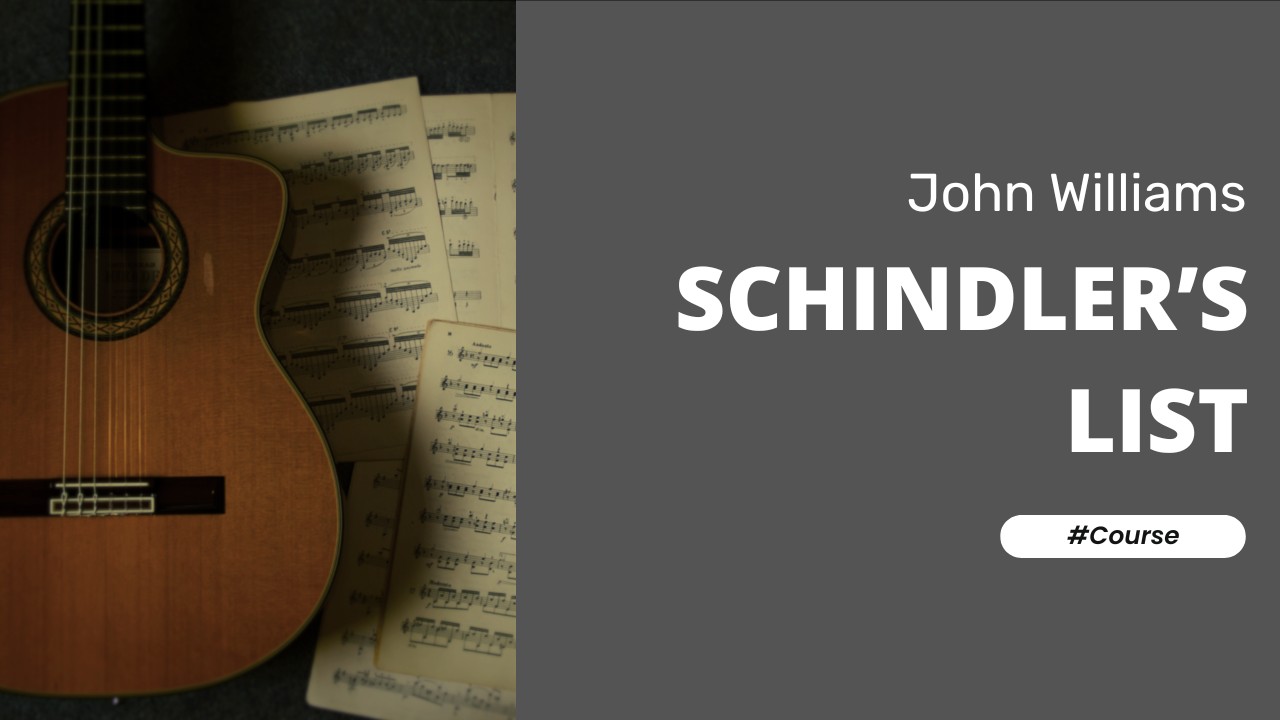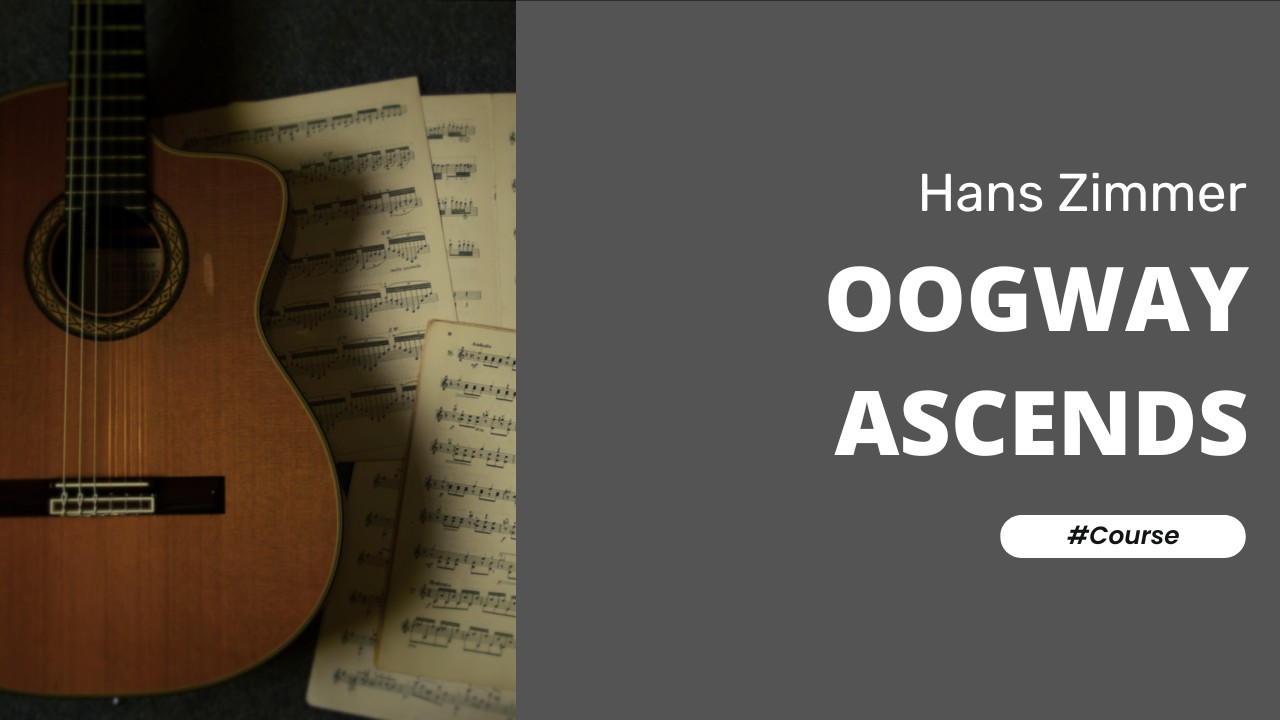Essentials Primer Course Free Trial
Course Overview
Welcome to the Essentials Primer for Beginners Course Preview!
This is the first of seventeen modules packed full of guitar goodness and knowledge. You’ll be amazed at what you can learn just by completing this module.
If you like what you see and hear during when you go through the first module you can purchase the full course really easily by clicking here.
- Overview. This is where I simply give you an outline of what is to come in the module.
- Naming the First Three Strings. In this lesson you learn E, B, and G and what these notes look like in notation and tab.
- Now it’s Your Turn! Ex 1a 1st, 2nd, and 3rd Open Strings
- Abbreviations for the Picking/Strumming Fingers. This lesson explains the musical symbols and gives the names of the fingers used to pick or strum the guitar strings.
- Fretting/Fingering Hand Thumb Positions. Honestly, this is quite possibly the most important lesson in the entire course…where to place your thumb and why.
- Basics of Tablature & Music Notation. Although this may sound scary it really isn’t. I just gently introduce you to some of the very basic principles of reading music for guitar.
- Now it’s Your Turn! Ex 4a Tablature Explanation
- The 80:20 Rule. In this lesson I unlock a precious secret that can help you use your practice time really efficiently to maximise your progress in the shortest time.
- Module 1 Checklist. This important little pdf is there to test your knowledge and the honestly you have with yourself.
- Strum and pick with your fingers
- Recognise the symbols used to name the fingers on both hands
- Name all the strings on the guitar
- Understand two different time signatures
- Count different rhythms, name notes, dotted notes, and their values
- Read tablature and develop an awareness of music notation
- Recognise and understand the effect of sharps and natural signs
- Play eight different chords and a chord progression that is used in thousands of songs
- Play Ode to Joy, Malagueña Facil, and the 12 Bar Blues in A
- Accompany and be accompanied by another player
- Interpret the meaning of several musical symbols and score indications
- Four different scales including G major, A Pentatonic Major, D Pentatonic Minor, and E Pentatonic Major
- Improvise and create your own solos using the A, D and E Pentatonic Scales
- Cope and deal with finger pain, lack of progress, information overload, poor motivation and more
- Use classical guitar techniques for both hands
- Communicate and share your experiences with like-minded people on their own journey’s via the NBN Guitar Community Forum
All exercises and pieces or songs are played at 60bpm (sixty beats per minute). In classical terms this tempo is known as Adagio and it was chosen because it is considered neither too slow nor too fast. Four or three clicks are played at the beginning of every exercise or song to set the tempo and to serve as an introduction before you are required to begin. I estimate the course to take anywhere from two to four months to complete, based on completing either one or two modules every week.
House Keeping & Essential Equipment
Below are some tips to help you get through the course in good time with minimal stress and interruptions:
- Get your guitar set up by a luthier or guitar technician
- Buy a metronome, guitar tuner, and a stand
- Keep your guitar in good condition
- Have a spare set of strings handy
- Keep snacks and a drink nearby
- Practice in a quiet tidy space
- Tell people your routine
- Minimise distractions
Let your fingers fly!
Josh
Module 1
What Others Have Said
About this Course
Course Overview
Welcome to the Essentials Primer for Beginners Course Preview!
This is the first of seventeen modules packed full of guitar goodness and knowledge. You’ll be amazed at what you can learn just by completing this module.
If you like what you see and hear during when you go through the first module you can purchase the full course really easily by clicking here.
- Overview. This is where I simply give you an outline of what is to come in the module.
- Naming the First Three Strings. In this lesson you learn E, B, and G and what these notes look like in notation and tab.
- Now it’s Your Turn! Ex 1a 1st, 2nd, and 3rd Open Strings
- Abbreviations for the Picking/Strumming Fingers. This lesson explains the musical symbols and gives the names of the fingers used to pick or strum the guitar strings.
- Fretting/Fingering Hand Thumb Positions. Honestly, this is quite possibly the most important lesson in the entire course…where to place your thumb and why.
- Basics of Tablature & Music Notation. Although this may sound scary it really isn’t. I just gently introduce you to some of the very basic principles of reading music for guitar.
- Now it’s Your Turn! Ex 4a Tablature Explanation
- The 80:20 Rule. In this lesson I unlock a precious secret that can help you use your practice time really efficiently to maximise your progress in the shortest time.
- Module 1 Checklist. This important little pdf is there to test your knowledge and the honestly you have with yourself.
- Strum and pick with your fingers
- Recognise the symbols used to name the fingers on both hands
- Name all the strings on the guitar
- Understand two different time signatures
- Count different rhythms, name notes, dotted notes, and their values
- Read tablature and develop an awareness of music notation
- Recognise and understand the effect of sharps and natural signs
- Play eight different chords and a chord progression that is used in thousands of songs
- Play Ode to Joy, Malagueña Facil, and the 12 Bar Blues in A
- Accompany and be accompanied by another player
- Interpret the meaning of several musical symbols and score indications
- Four different scales including G major, A Pentatonic Major, D Pentatonic Minor, and E Pentatonic Major
- Improvise and create your own solos using the A, D and E Pentatonic Scales
- Cope and deal with finger pain, lack of progress, information overload, poor motivation and more
- Use classical guitar techniques for both hands
- Communicate and share your experiences with like-minded people on their own journey’s via the NBN Guitar Community Forum
All exercises and pieces or songs are played at 60bpm (sixty beats per minute). In classical terms this tempo is known as Adagio and it was chosen because it is considered neither too slow nor too fast. Four or three clicks are played at the beginning of every exercise or song to set the tempo and to serve as an introduction before you are required to begin. I estimate the course to take anywhere from two to four months to complete, based on completing either one or two modules every week.
House Keeping & Essential Equipment
Below are some tips to help you get through the course in good time with minimal stress and interruptions:
- Get your guitar set up by a luthier or guitar technician
- Buy a metronome, guitar tuner, and a stand
- Keep your guitar in good condition
- Have a spare set of strings handy
- Keep snacks and a drink nearby
- Practice in a quiet tidy space
- Tell people your routine
- Minimise distractions
Let your fingers fly!
Josh



